Keynote Speakers
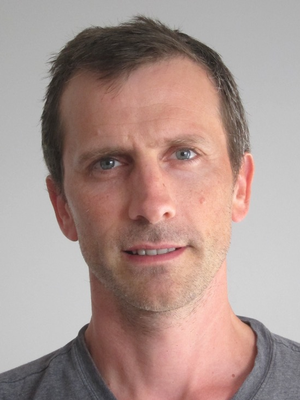
Francis Bach
INRIA - École Normale Supérieure
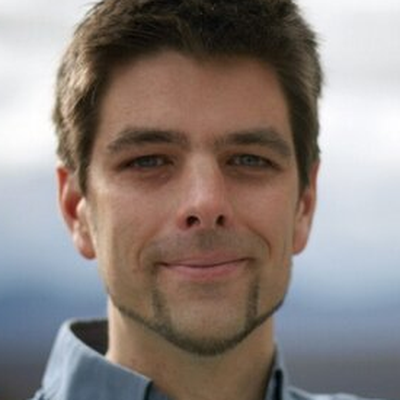
Matthias Bethge
University of Tübingen
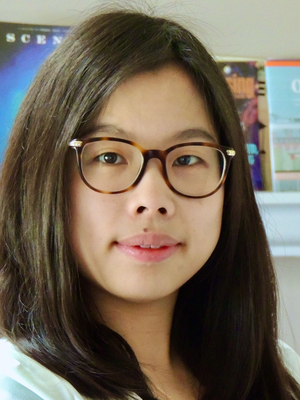
Niao He
ETH Zurich
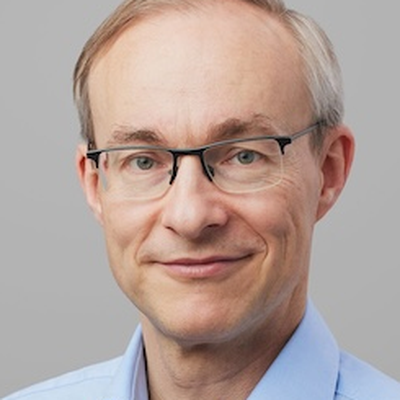
Andreas Krause
ETH Zurich
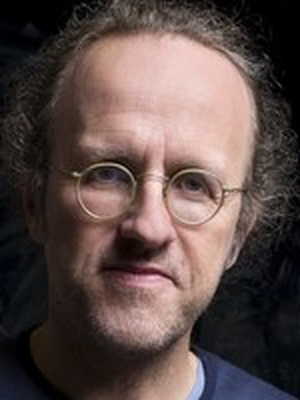
Bernhard Schölkopf
Max Planck Institute for Intelligent Systems / ELLIS Institute Tübingen
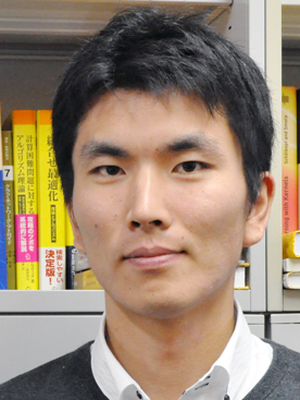
Taiji Suzuki
University of Tokyo / RIKEN AIP

Jared Tanner
University of Oxford
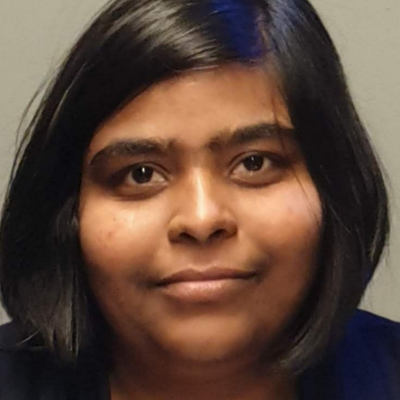
Leena Chennuru Vankadara
University College London
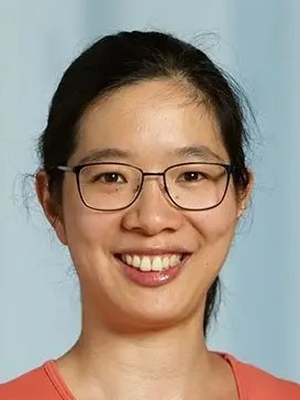
Fanny Yang
ETH Zurich